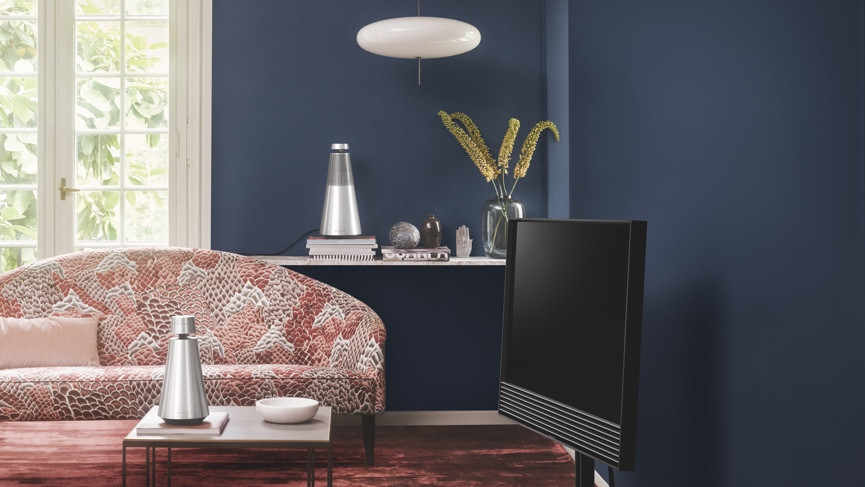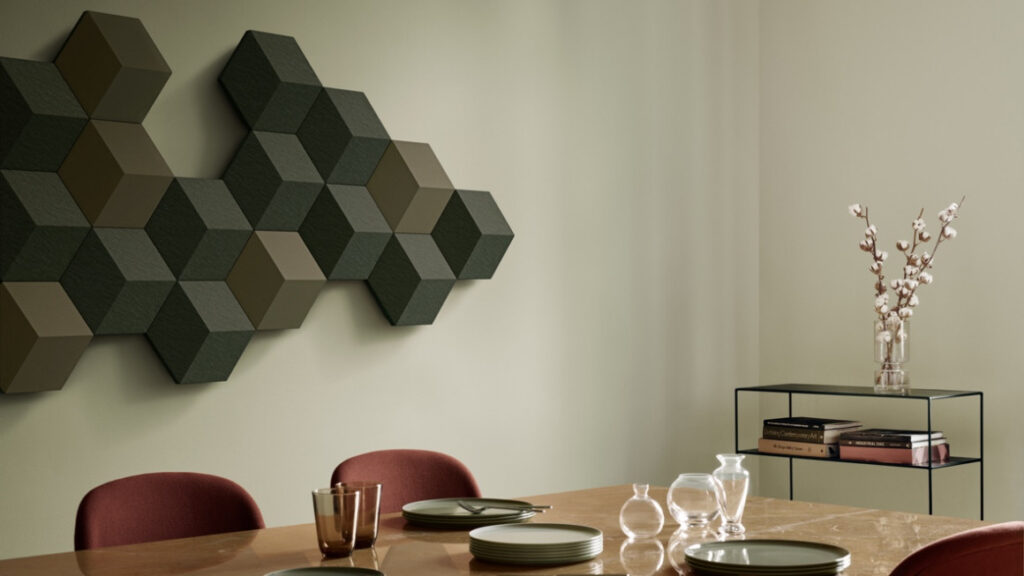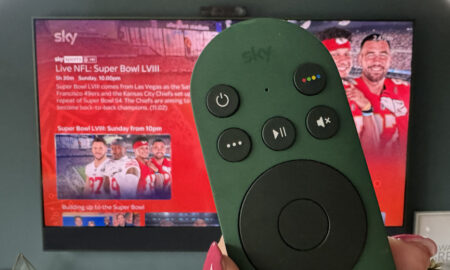Inside B&O's connected audio plans for 2018 and 2019
Whisper it quietly so your AI butler doesn’t hear, but Bang & Olufsen is embracing voice assistants in a big way and it has no qualms about cheating on Google Assistant with Siri, Alexa or Cortana.
The Danish superbrand’s first voice controlled smart speakers will arrive this year, starting with Google Assistant, and will eventually extend to all its multi-room products and control its televisions too.
“There are three phases,” John Mollanger, CEO at B&O Play, tells The Ambient. “There is a phase zero, which is until today we have not been present in the voice-enabled marketplace.
“There is a phase two which I would qualify as some time in 2019 in which everything fresh out of the box will not only be agnostic, but voice enabled. Phase one is 2018 where we will have speakers that are voice-enabled and that will work across the different platforms.”

B&O, meet everybody
Notice that word agnostic again. Andy Macer, UK director for Bang & Olufsen, says voice is “obviously the big thing” and that products will be enabled over a period of time.
“We’re going with Google Assistant from launch,” he says, “but we’re quite happy working with Siri, Alexa or Cortana. We are one of the best brands placed in this space because we’re not tied to one platform, whether it’s Google, Amazon or Apple.”
And Mollanger explains that while there seems to be an affinity with the B&O brand, “We’re in 2018 and to speak about brand loyalty there is almost an arrogance to it. I don’t think people are prisoners or captives to any brands, us more than anybody else.”
To speak about brand loyalty in 2018, there is almost an arrogance to it – John Mollanger, B&O Play
Being treated to a behind closed doors demo, the brand’s head of sound, Dr Petros Belimpasakis, showed us how the BeoSound 1 wireless speaker would work with Google Assistant (see box below).
Alongside the usual Spotify playlist requests and calendar reminders was the ability to start up content on its BeoVision Eclipse TV, with the help of a Chromecast dongle.
Read this: Your need to know on Android TV
“We are able to voice control our televisions too, so that’s video as well as sound,” says Macer, adding, “There are no plans to produce our own AI assistant, there are bigger and better players out there. What we need to do is provide the quality end unit.”

Making multi-room simple
The end unit refers to arguably the most eclectic multi-room offering around, where no speaker looks the same, doing away with the Russian Doll design-ethic employed by many rival brands.
“We have a collection of products which can make the multi-room experience simple, with powerful room-filling sound and design that complements the home,” says Macer. “Take the BeoSound Shape; a multi-tiled, wall-mounted speaker system. Who would have thought we would have come out with something like that?” Actually, it’s exactly what you should expect from a pioneer of tech and industrial design – only somewhere along the line Bang & Olufsen got a little lost.
In 2008 the company was financially haemorrhaging. Revenue had almost halved, the stock price plummeted and it was attempting to develop products way outside its comfort zone, like mobile phones.
Macer openly admits past mistakes and that the brand can no longer live off former glories. “Correct on both counts,” he says. “You could say Bang & Olufsen lost its way a bit, getting involved in things we really shouldn’t have. We were running factories, a large automotive division, company-owned stores and areas that really weren’t our skill set.
“In the past Bang & Olufsen has been a little bit complex which might have put people off buying into our brand because they think it’s very techie. We did a lot of research and one of the key things outside of quality, and more important than price, was simplicity.”
B&O believes simplicity comes from designing products that fit naturally into the homes and lives of real people. A lovely marketing soundbite, but what does that actually mean?
“We’re trying to design products for the way people live today,” says Macer. “Look at how homes are changing; things are more open and stereotypical segmented rooms have been forgotten in place of a larger living environment.
“People want to section off areas with music. It might have been walls before, but now it’s music. In the future we could have sound coming out of one side of a product and not the other side, or both. There are things we’re looking at which start to show how you can sound barrier rooms rather than physically barrier them.”
The business of B&O Play
A decade on from financial doom and gloom things look better for B&O. The brand has just enjoyed its highest sales figures since the crash, driven by demand from younger customers for its B&O Play headphones and portable Bluetooth speakers.
The success of B&O Play was unexpected and that it’s well on the way to becoming the most profitable part of the business. “The speed of transformation has surprised all of us,” says Macer. “B&O Play was set up pretty much as a startup within Bang & Olufsen. We knew we had to attract a younger audience into the brand and that was a way in, but it’s a big part of our business now. We need to do more to attract new people into our product family.”
That includes a TV trade-in promotion launching in February, where customers can put their old set against the price of any television in the Bang & Olufsen portfolio.

AirPlay and the machine
Also coming up in 2018 is the rollout of Apple’s AirPlay 2. Bang & Olufsen will be among the first to feature AirPlay 2, allowing wireless, multi-room audio playback from Apple Music and other music services as soon as it becomes available. Everything will be controllable using the Apple Home app or, crucially, Siri when it arrives for non-Apple speakers later this year.
In total, B&O is offering 10 Airplay 2-enabled products from its more affordable BeoPlay M3 and M5 speakers, right up to the high-end BeoSound and BeoVision ranges.
It also has the Apple HomePod in its sights, describing the smart speaker as a direct rival. “You have to say yes [it’s a rival], it would be crazy not to with the scale of that machine behind them and the likely adoption rate from loyal consumers,” says Macer.
“We’re not going head-on against them, we wouldn’t win that battle, but we have to look at different tacks and draw on our 92 years of experience.” He also points out B&O’s speakers are multi-room from the moment you unbox them, unlike the HomePod which will require a firmware update later this year.
“It’s unusual for Apple to come out with something where it hasn’t ticked all the boxes and I think that’s what we all thought the delayed rollout was for,” he adds. “I’m a little surprised, but let’s see. It’s bound to have a big adoption because it’s an Apple product, everyone will buy it and then think what am I going to do with it?”





